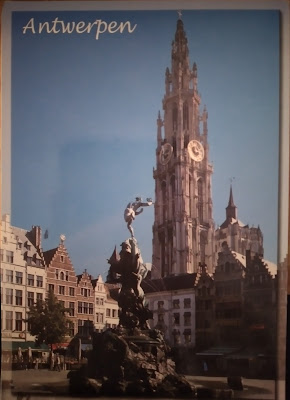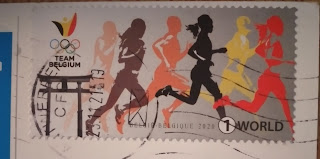Around a cobbled rectangular market square, La Grand-Place in Brussels, the earliest written reference to which dates back to the 12th century, features buildings emblematic of municipal and ducal powers, and the old houses of corporations. An architectural jewel, it stands as an exceptional and highly successful example of an eclectic blending of architectural and artistic styles of Western culture, which illustrates the vitality of this important political and commercial centre.
The Grand-Place testifies in particular to the success of Brussels, mercantile city of northern Europe that, at the height of its prosperity, rose from the terrible bombardment inflicted by the troops of Louis XIV in 1695. Destroyed in three days, the heart of the medieval city underwent a rebuilding campaign conducted under the supervision of the City Magistrate, which was spectacular not only by the speed of its implementation, but also by its ornamental wealth and architectural coherence. Today the Grand-Place remains the faithful reflection of the square destroyed by the French artillery and testifies to the symbolic intentions of the power and pride of the Brussels bourgeois who chose to restore their city to its former glory rather than rebuild in a contemporary style, a trend commonly observed elsewhere.
A pinnacle of Brabant Gothic, the Hôtel de Ville (City Hall), accentuated by its bell tower, is the most famous landmark of the Grand-Place. Built in the early 15th century, the building partially escaped bombardments and underwent several transformations over time. Its ornamental programme is largely due to the restoration campaigns conducted in the late 19th century. Facing it, the King's House, rebuilt in the historicist vein, is perfectly integrated into the ensemble. Its elevation is in keeping with the Gothic style edifice prior to the bombardment and testifies remarkably to the ideals of the contextual conservation of monuments advocated in the 19th century. The King's House has been occupied for decades by the City Museum. On both sides of these monuments symbolic of public authority were houses occupied by powerful corporations. Each different but built over a very short time, they illustrate remarkably the Baroque architecture of the late 17th century, with a singular treatment of the gables and decorations, sometimes fretted, sometimes more classical. Each house has a name and specific attributes, heightened with gold, reminiscent of the status of its occupants. It is interesting to note that this is a rare example of a square without a church or any other place of worship, which emphasizes its mercantile and administrative nature.
source( https://whc.unesco.org/en/list/857/).
Stamp:
- Team Belgium - Faster Higher Stronger
Country:
Belgium
Themes:
Athletics | Olympic Games | Running | Sports
Issued on:
2020-06-15


No comments:
Post a Comment